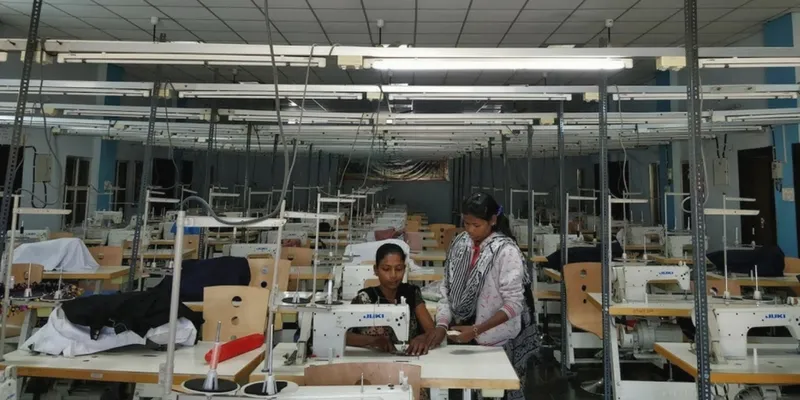Everything you need to know about the Union Budget as a woman
Amongst the more prominent changes announced as part of the mostly lukewarm new Union Budget tabled in parliament today by Finance Minister Arun Jaitley, with regards to schemes for women empowerment, was a change in the rate of the EPF for women from 12 percent to 8 percent, thus increasing their effective take-home.
The Finance Minister stated that the Employees Provident Fund Act will be amended accordingly, to reduce contribution of women to eight percent from the existing 12 percent for the first three years – while the employer’s contribution will remain unchanged, thus, not affecting the CTC of the employers and only impacting the take-home component of a woman’s salary.
Gayatri Vasudevan, the founder of LabourNet applauds the move and called this budget “woman-friendly.” “Reduction of EPF to eight percent and extension of maternity leaves (a ruling passed previously) come as good news to employed women and is an evident sign of a women-friendly budget.”

However, Priya Krishnan, Founder & CEO, KLAY Schools argues that this change is only notional. "The government's decision to reduce a woman's contribution to EPF to eight percent from 12 percent for the first three years is a notional change where the increase in take-home salary still comes out of women's savings. This still doesn't address how the government can help subsidize the cost of high-quality childcare for mothers," she says.
Besides, many women thought-leaders are disgruntled that after much ado by the government in their effort to eradicate the gender gap in the socio-economic sphere – including dedicating this year’s Economic Survey to the cause with a pink cover – the budget fails to deliver.
“I hoped to see Government intervention in bridging the Gender Gap as India’s ranking in the November 2017 report of the World Economic Forum’s Global Gender Gap Index fell to a low of 108, which was down by 21 places as compared to the previous report. There is little doubt that the under-use of educated women in the workforce is increasing as per the WEF report. Almost 66 percent of our women fall under this “unpaid work” criteria. We need to see non-manual jobs for women increasing by focussed on reskilling for women,” says Neha Bagaria, the founder of JobsForHer.
“Despite all the benefits provided during the last fiscal to promote women's inclusiveness at the workplace, the lack of any mention of support in the Budget 2018 to corporates that provide these benefits to women is disheartening. It does not do anything to promote women's employment. This will further increase the discrimination against women's employability and make it difficult for companies that are striving for gender equality,” added Priya.
Besides this, in a bid to promote gas pipeline connections over the use of primitive methods like chulhas, eight crore women living below the poverty line will be identified to award free LPG connections. “We launched Prime Minister’s Ujjwala Scheme to make poor women free from the smoke of wood. Initially, our target was to provide free LPG connections to about 5 crore poor women. But in view of the pace of implementation of Ujjwala scheme and its popularity among the women, we propose to increase the target of providing free connections to 8 crore poor women,” said the FM.
The total budget allocation to the Department of Women and Child Development will be Rs 24700 crores this year, as opposed to Rs 22095 crores in the last financial year. Similarly, the allocation to Mission for protection and empowerment of women (Umbrella) will be Rs 1366 crores this year.
He also noted that the Sukanya Samriddhi Account Scheme that was launched in January 2015 under the "Beti Bachao Beti Padhao" initiative has managed to open up 1.26 crore accounts in the name of little girls, amounting to Rs 19,183 crore.
Arun Jaitley has also announced the allocation of Rs 9, 975 crore to the National Social Assistance Programme. “My Government’s goal is to assist and provide opportunity to every Indian to realize her full potential capable of achieving her economic and social dreams. Our Government is implementing a comprehensive social security and protection programme to reach every household of old, widows, orphaned children, divyaang and deprived as per the Socio-Economic Caste Census,” he said, in his speech.
The FM also stated that the loans dispensed to Self Help Groups (SHGs) of women increased to about Rs. 42,500 crore in 2016-17, which was a 37 percent hike compared to the previous year. This year, the government wishes to dispense loans worth Rs.75,000 crore, by March 2019. Women Self Help Groups (SHGs) will also be encouraged to take up organic agriculture in clusters under National Rural Livelihood Programme.







